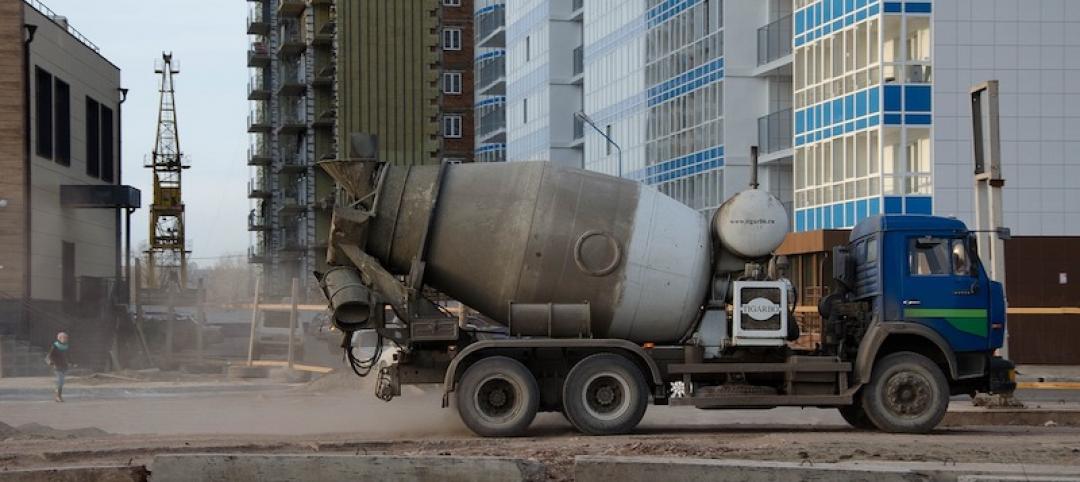Several significant updates have been added to the new edition of Minimum Design Loads and Associated Criteria for Buildings and Other Structures, Standards ASCE/SEI 7-16.
The recently released document helps determine design loads including dead, live, soil, flood, tsunami, snow, rain, atmospheric ice, earthquake, wind, and fire, as well as how to assess load combinations. This new edition of ASCE 7 supersedes ASCE/SEI 7-10.
Significant changes include:
- New seismic maps reflecting the updated National Seismic Hazard Maps
- New wind speed maps, including new Hawaii maps, that result in reduced wind speeds for much of the United States, clarified special wind study zones, and separate Risk Category IV from Category III
- New snow load maps incorporating regional snow data for areas that previously required site-specific case study zones
- Updated rain duration provisions that align design requirements with International Plumbing Code provisions for drainage
- Entirely new chapter covering tsunami design provisions, which are important to Alaska, Hawaii, California, Oregon, and Washington
- New appendix provisions for fire design
Structural engineers, architects, and those engaged in preparing and administering local building codes should consult the updated code. To purchase online, visit the ASCE Bookstore.
Related Stories
Codes and Standards | Aug 3, 2021
Dept. of Energy releases initial version of the Spawn of EnergyPlus software
Targets new use cases in advanced controls, district systems, and grid integration.
Codes and Standards | Aug 2, 2021
Several U.S. cities among most expensive places to build in the world
San Francisco, New York, and Boston head the domestic list.
Codes and Standards | Jul 28, 2021
American Concrete Institute creates new director of innovative concrete technology post
Aim is to attract emerging technologies for development.
Codes and Standards | Jul 28, 2021
Higher ed faces infrastructure backlog of $112.3 billion
Study recommends integrated strategic planning for best results.
Codes and Standards | Jul 27, 2021
Add a wobbly moon to flooding risk factors
Earth satellite’s orbit variations will lead to sunny-day flooding in the mid-2030s.
Codes and Standards | Jul 26, 2021
Revamping of Florida building codes on the table after condo collapse
Tragedy could prompt upgrades like post-Hurricane Andrew effort.
Codes and Standards | Jul 21, 2021
Proposal to give Calif. hospitals more time for earthquake retrofits stirs controversy
State hospital association says 2030 deadline should be extended.
Codes and Standards | Jul 20, 2021
New York, New Jersey legislatures may revamp bidding rules to promote low-carbon concrete
Contractors would have to certify that their concrete is in compliance.
Codes and Standards | Jul 19, 2021
Lack of information on carbon emissions challenges construction industry
Reports recommends whole-life carbon assessments on building projects.
Codes and Standards | Jul 19, 2021
Florida condo collapse spurs increased scrutiny on inspections, regulations
Insurers demand proof of current inspections.

















